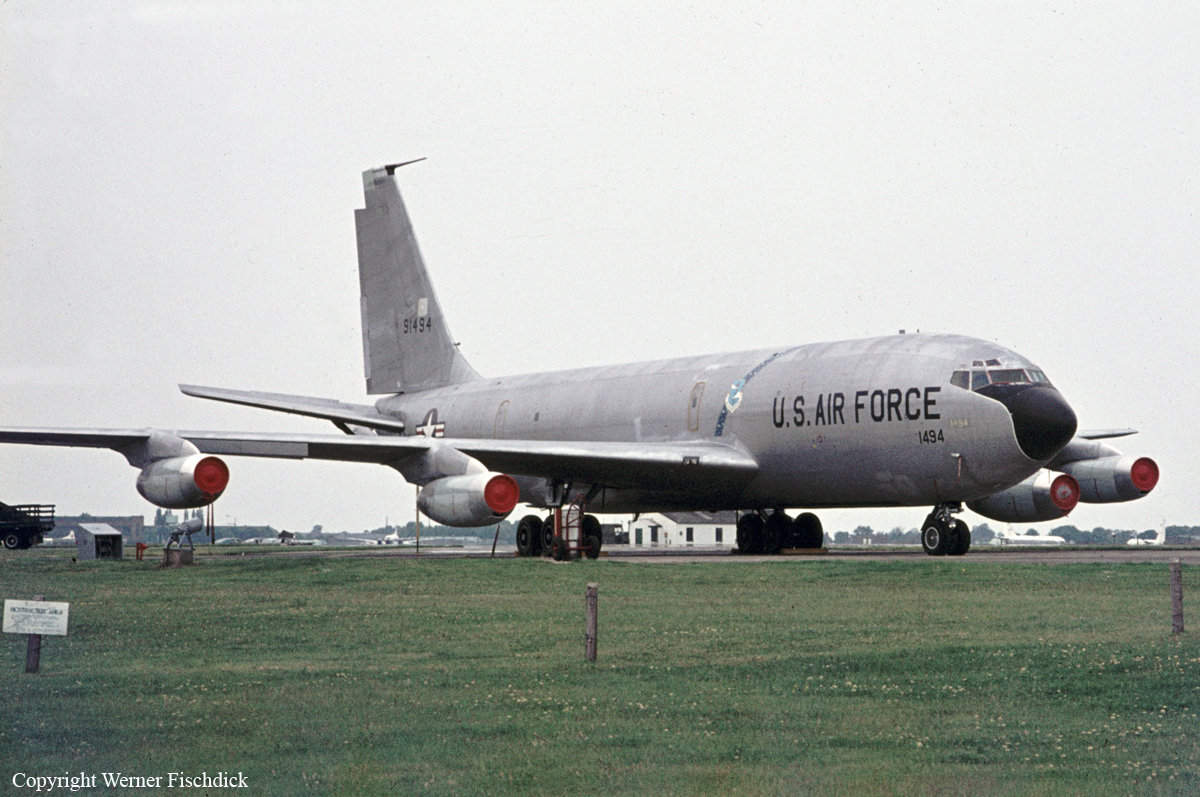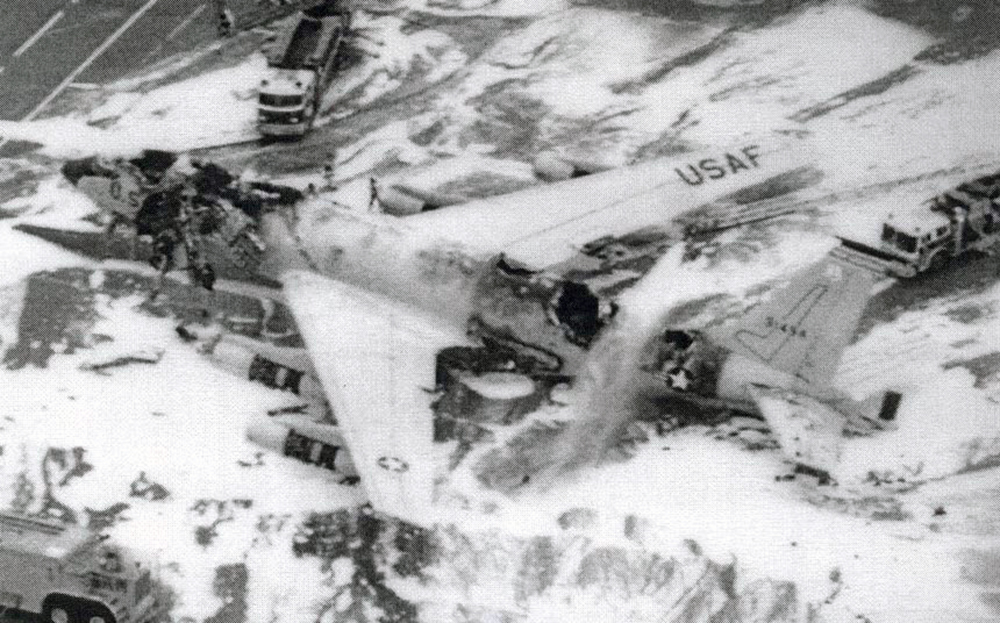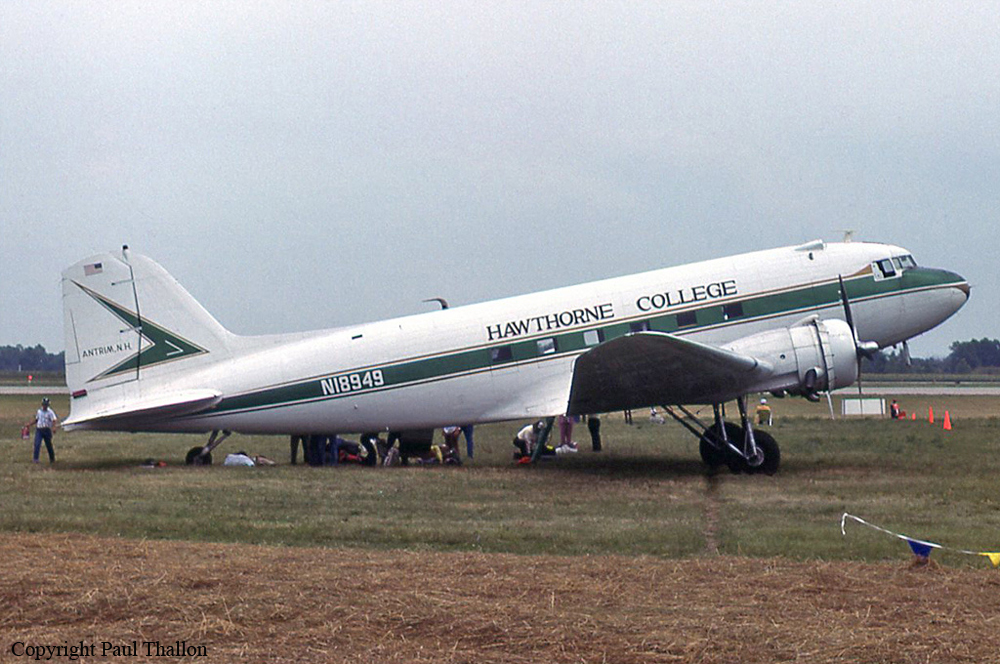Crash of a Cessna 208 Caravan I in Hillsborough
Date & Time:
Aug 13, 1999 at 1311 LT
Registration:
N193GE
Survivors:
Yes
Schedule:
Manchester - Denver
MSN:
208-0193
YOM:
1991
Crew on board:
1
Crew fatalities:
Pax on board:
0
Pax fatalities:
Other fatalities:
Total fatalities:
0
Captain / Total hours on type:
3000.00
Aircraft flight hours:
6132
Circumstances:
With an auxiliary fuel tank system installed, the pilot filled the tanks and departed. A few minutes later, he noticed fuel on the floor of the cabin, and tried to reach an airport. However, the fuel fumes were so strong he elected to land in an open field. After touchdown, the airplane passed through a ditch the pilot had not observed from the air. The nose landing gear collapsed and the airplane nosed over. An airborne witness reported the pilot exited the airplane after about 5 minutes, and about 5 minutes later, the airplane caught fire and burned. The post crash fire consumed the cabin. In an interview, the pilot reported that he had not initiated use of the auxiliary fuel tank system when the accident occurred. He also reported he could not see where the fuel was coming from. The investigation revealed the tank installation did not match the FAA Form 337, the instructions for use of the ferry tank system were inadequate, and the pilot had reported that the auxiliary fuel pumps were secured to a board which was not secured to the airplane.
Probable cause:
An inadequate auxiliary fuel tank installation which resulted in a leak of undetermined origin.
Final Report:




